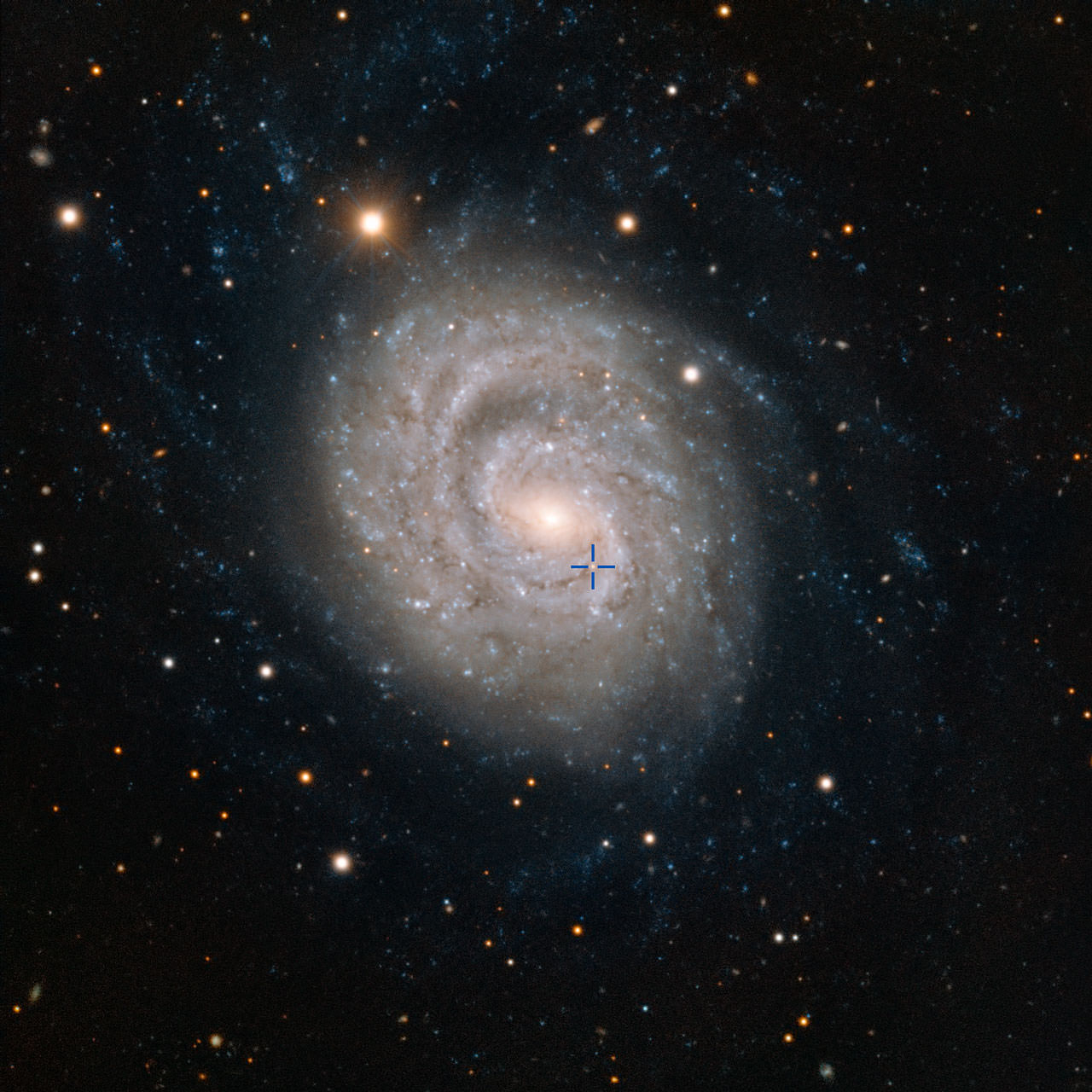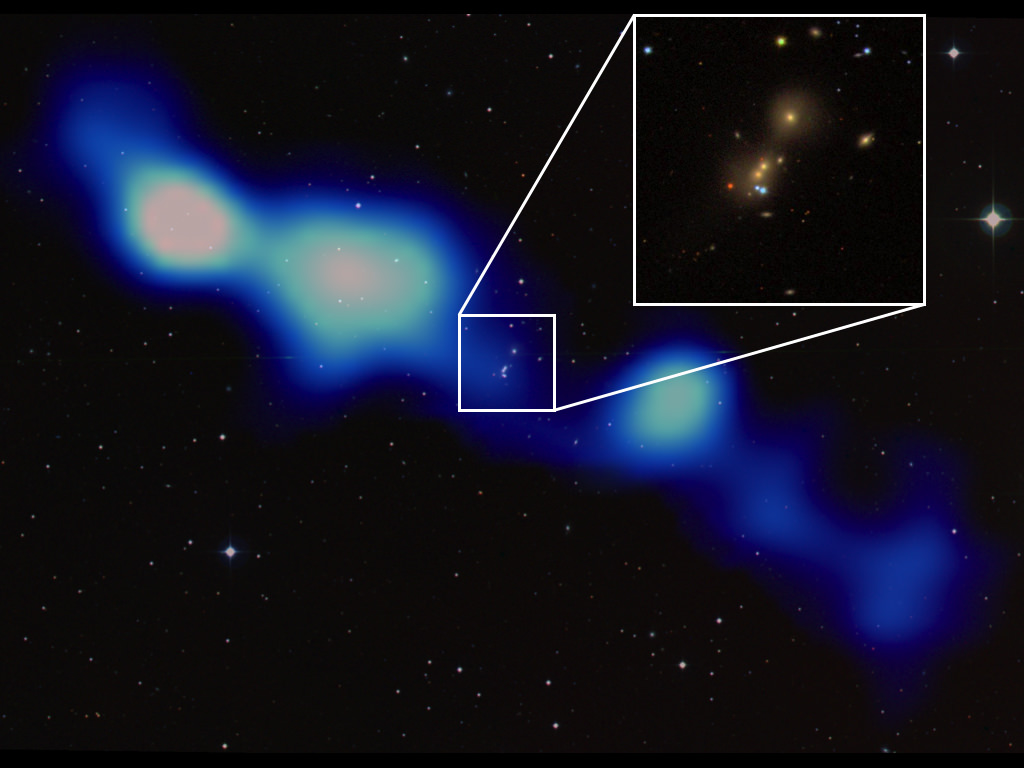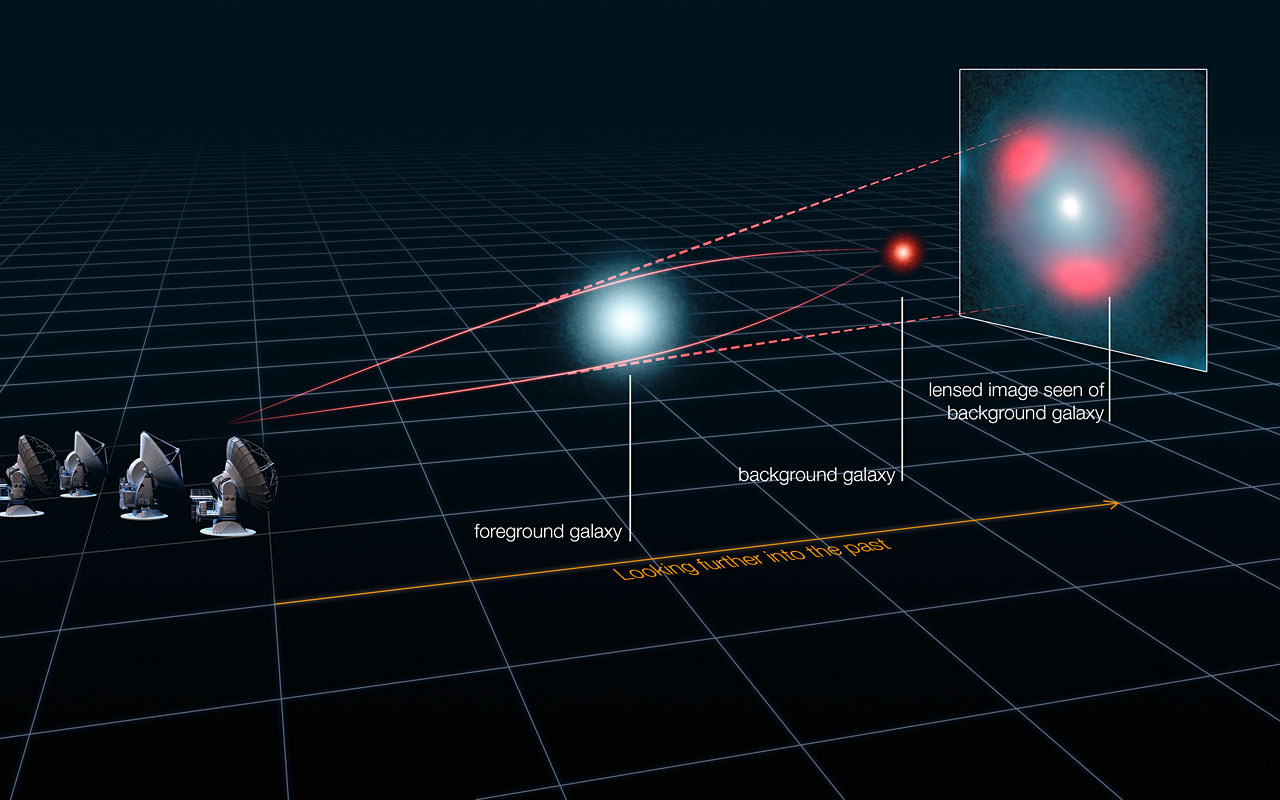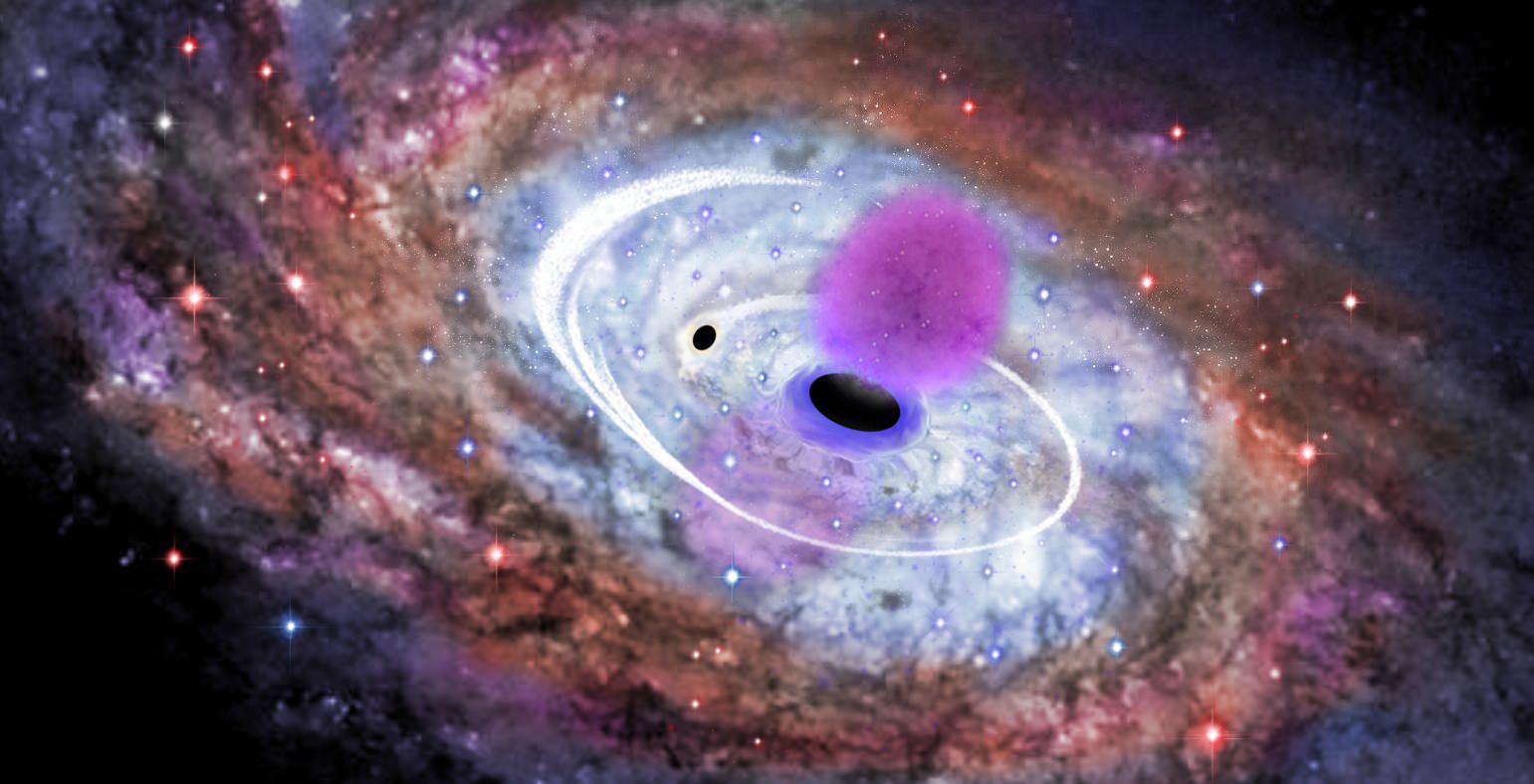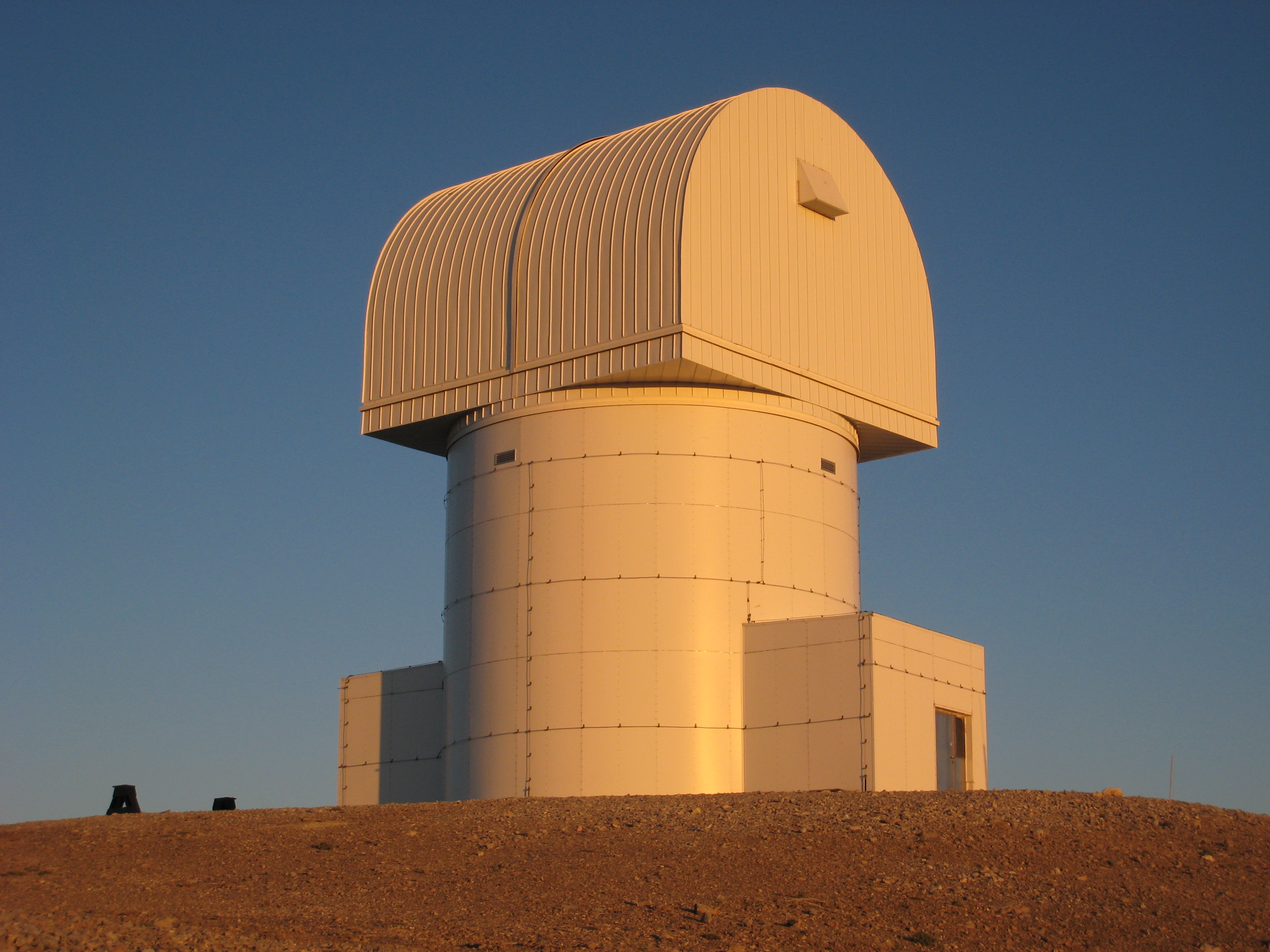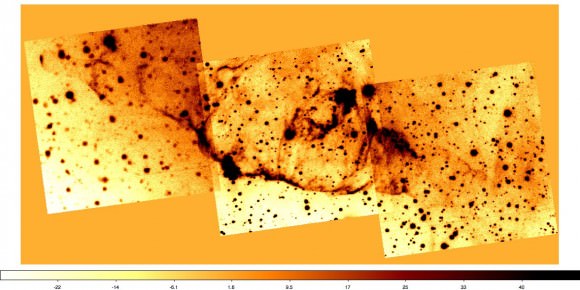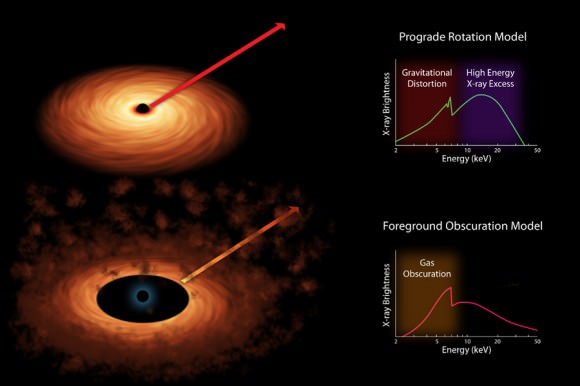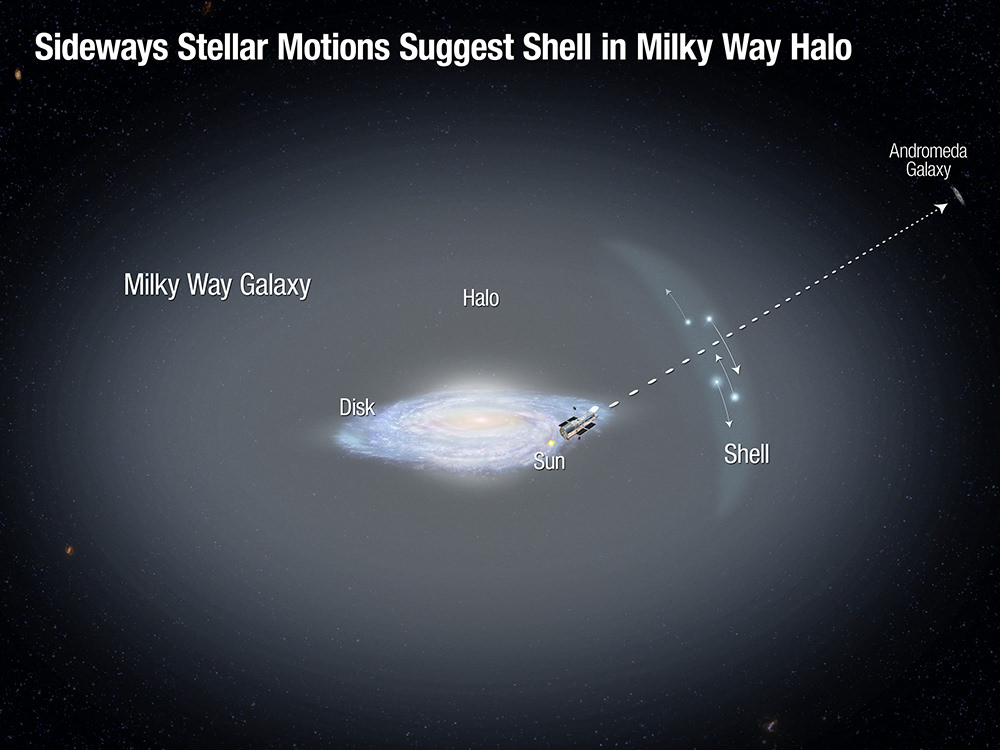It might be common, but carbon could have a huge impact in the formation and evolution of a planet’s atmosphere. As it moves from the interior to the surface, carbon’s role is important. According to a new study in Proceedings of the National Academy of Sciences, if Mars let go of its majority of carbon supply as methane, it probably would have been temperate enough to caused liquid water to form. Just how captive carbon escapes via iron-rich magma is offering us vital clues as to the role it plays in “early atmospheric evolution on Mars and other terrestrial bodies”.
While the atmosphere of a planet is its outer layer, it has its beginnings far below. During the formation of a planet, the mantle – a layer between a planet’s core and upper crust – latches on to subsurface carbon when it melts to create magma. When the viscous magma rises upwards to the surface, the pressure lessens and the captive carbon is released as gas. As an example, Earth’s captive carbon is encapsulated in magma as carbonate and its released gas is carbon dioxide. As we are aware, carbon dioxide is a “greenhouse gas” which enables our planet to absorb heat from the Sun. However, the release process for captive carbon on other planets – and its subsequent greenhouse effects – isn’t well understood..
“We know carbon goes from the solid mantle to the liquid magma, from liquid to gas and then out,” said Alberto Saal, professor of geological sciences at Brown and one of the study’s authors. “We want to understand how the different carbon species that are formed in the conditions that are relevant to the planet affect the transfer.”
Thanks to the new study, which also included researchers from Northwestern University and the Carnegie Institution of Washington, we’re able to take a closer look at the release processes for other terrestrial mantles, such as those found on the Moon, Mars and similar bodies. Here the captive carbon in the magma is formed as iron carbonyl – then escapes as methane and carbon monoxide. Like carbon dioxide, both of these gases have a huge potential as greenhouse.
The team, along with Malcolm Rutherford from Brown, Steven Jacobsen from Northwestern and Erik Hauri from the Carnegie Institution, came to some significant conclusions about the early volcanic history of Mars. If it followed the captive carbon theory, it might have very well released enough methane gas to have kept the Red Planet warm and cozy. However, it didn’t happen in an “Earth-like” manner. Here our mantel supports a condition known as “oxygen fugacity” – the volume of free oxygen available to react with other elements. While we have a high rate, bodies like early Mars and the Moon are poor in comparison.
Now the real science part comes into play. In order to discover how a lower oxygen fugacity impacts “carbon transfer”, the researchers experimented with volcanic basalt which closely match those located on both Mars and the Moon. Through various pressures, temperatures and oxygen fugacities, the volcanic rock was melted and studied with a spectrometer. This allowed the scientists to determine just how much carbon was absorbed and what form it took. Their findings? At low oxygen fugacities, captive carbon took the form of iron carbonyl and at low pressure the iron carbonyl released as carbon monoxide and methane.
“We found that you can dissolve in the magma more carbon at low oxygen fugacity than what was previously thought,” said Diane Wetzel, a Brown graduate student and the study’s lead author. “That plays a big role in the degassing of planetary interiors and in how that will then affect the evolution of atmospheres in different planetary bodies.”
As we know, Mars has a history of volcanism and studies such as this mean that large quantities of methane must have once been released via carbon transfer. Could this have triggered a greenhouse effect? It’s entirely possible. After all, methane in a early atmosphere may very well have supported conditions warm enough to have allowed liquid water to form on the surface.
Maybe even enough to pool…
Original Story Source: Brown University News Release.




